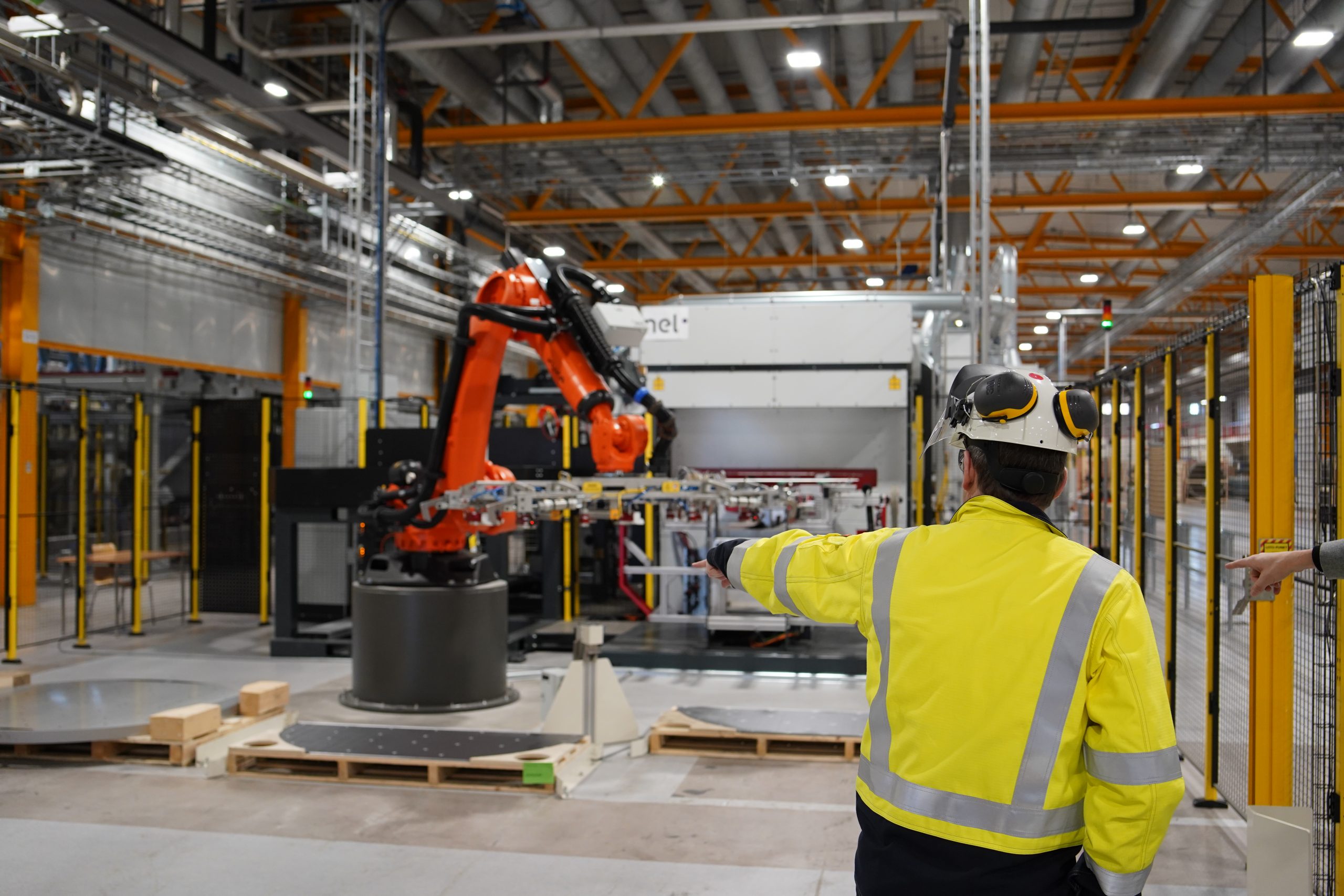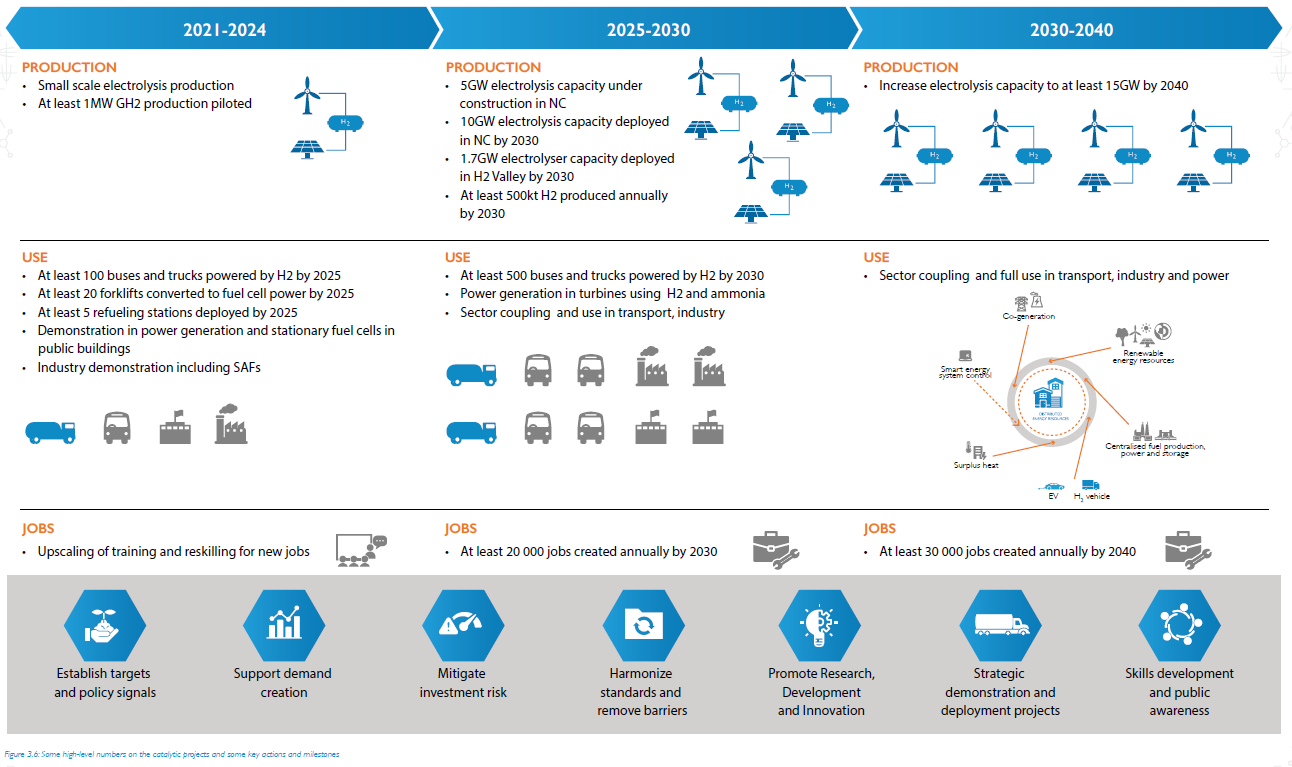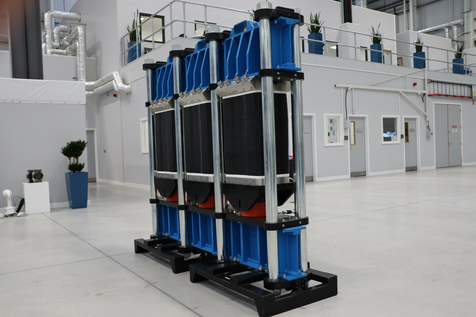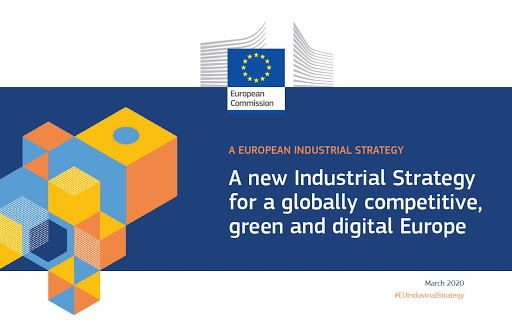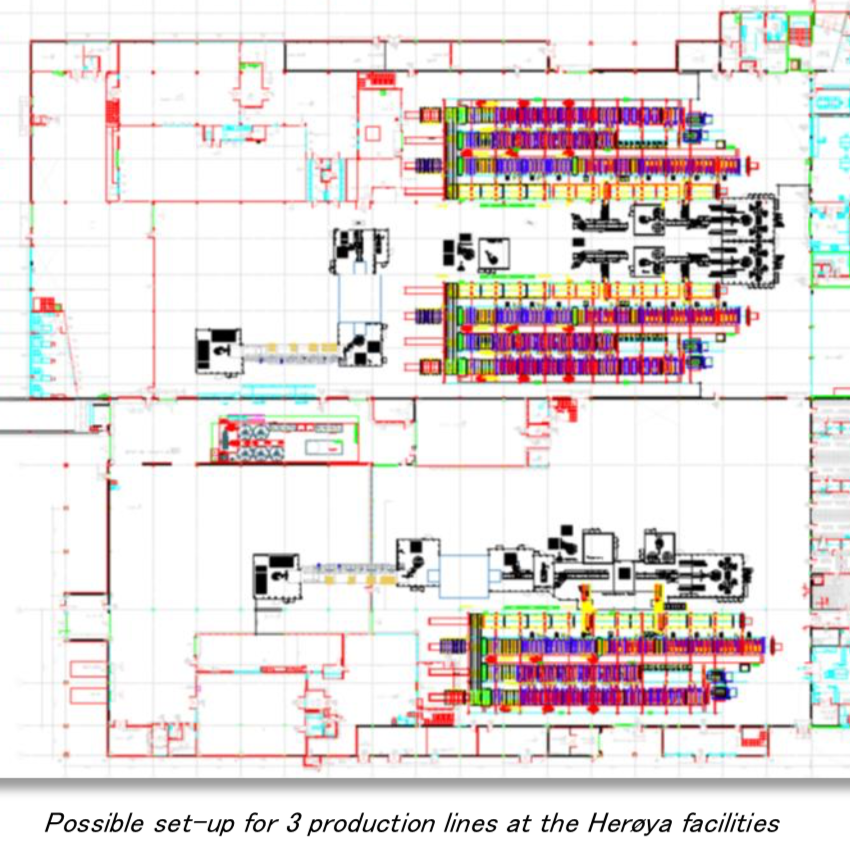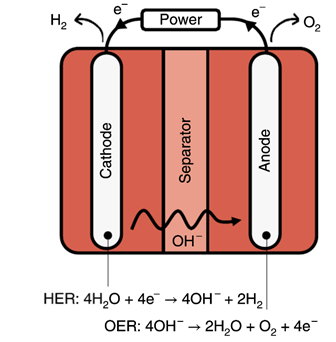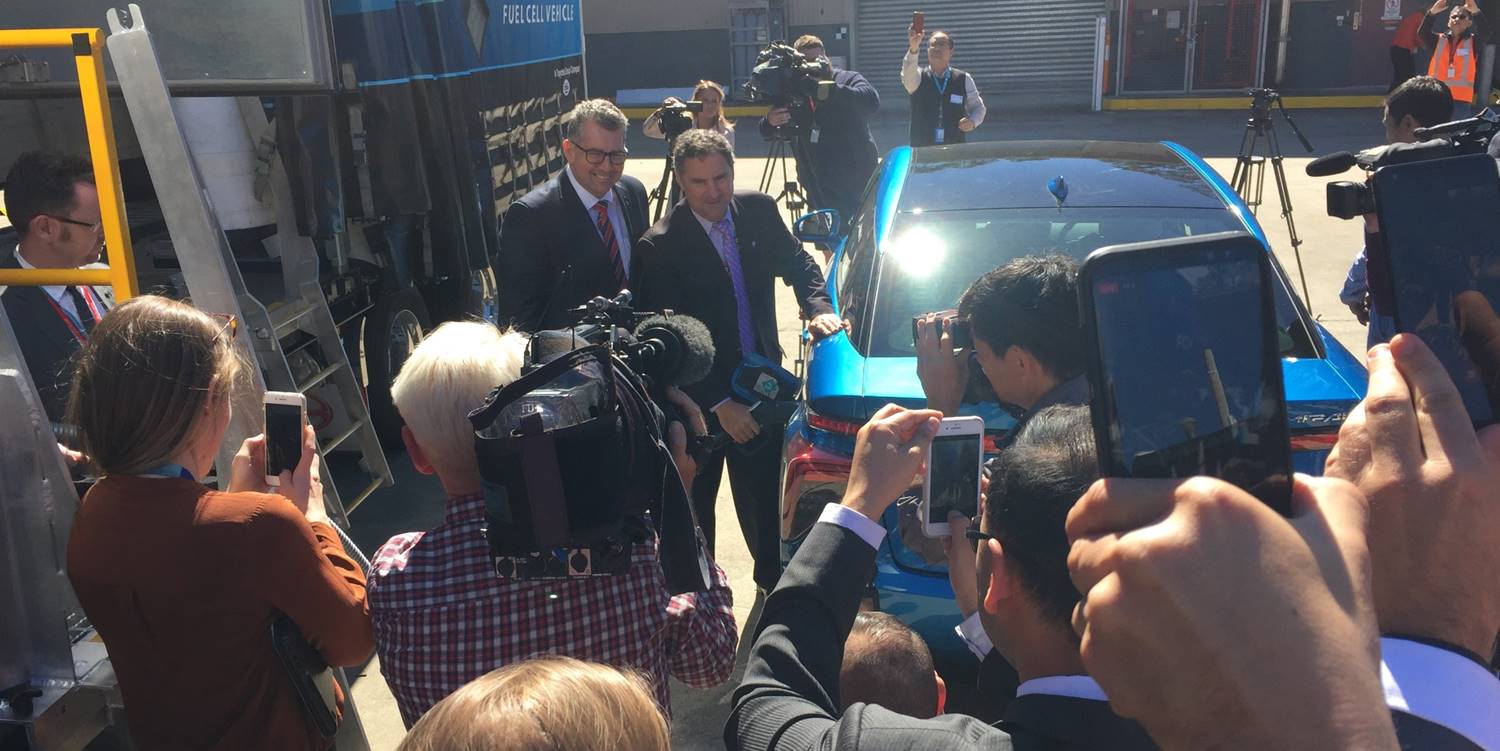This week we explore announcements about novel electrolyser technologies (Advanced Ionics), funding announcements from Europe (ITM Power, Battolyser and Sunfire), and some gigawatt-scale expansions in manufacturing capacities (Hydrogen Optimized, Nel, Cummins and Sinopec).
Content Related to ITM Power
South Africa launches Hydrogen Society Roadmap
Four "catalytic" projects will provide momentum for the new roadmap, driving the rollout of at least 15 GW of electrolysis capacity between them by 2040. Ammonia is a feature of all these kick-off projects, and the government sees ammonia's primary role in the transition as decarbonising energy-intensive industries in South Africa.
Yara selects Linde Engineering to build electrolysis plant at Porsgrunn
Decarbonisation of Yara's Porsgrunn ammonia plant took another step this week, with Linde Engineering selected to build a 24 MW, demonstration-scale electrolysis plant to produce green hydrogen for ammonia production. The electrolysers themselves will be provided by UK-based ITM Power, who indicate that the units will be shipped towards the end of this year.
H2Zero launches at COP26
A group of 28 global organisations (H2Zero) announced significant new pledges to drive the development of the global hydrogen industry at COP26 last week. On the supply side, the pledges add up to 18 million tonnes per year "lower carbon" hydrogen landing in global markets, displacing fossil hydrogen, conventional transport fuel and natural gas for industrial heating applications. On the demand side (including the use of lower carbon hydrogen for fertiliser, chemicals and explosives production), the pledges add up to 1.6 million tonnes. Of particular interest is Yara's pledge to source &/or produce at least 3 million tonnes of reduced carbon ammonia by 2030.
Europe! (continued)
Last week Ammonia Energy published “Europe!”, an article describing the European Commission’s Green Deal and the related appearance of national hydrogen strategies from several European countries. This week we have an article that describes another consequential European initiative that, while related to the Green Deal, is running on a distinct track: the Clean Hydrogen Alliance. Along the way a clear call to action has been sounded for the ammonia energy community.
Gigastack Phase 2 Receives Funding in the UK
Earlier this week the United Kingdom’s Department for Business, Energy & Industrial Strategy (BEIS) announced that a group led by ITM Power has been awarded GBP 7.5 million (USD $9.7 million) for the second phase of a renewable hydrogen project dubbed “Gigastack.” According to the BEIS announcement, “Gigastack will demonstrate the delivery of bulk, low-cost and zero-carbon hydrogen through ITM Power’s gigawatt scale polymer electrolyte membrane (PEM) electrolysers . . .” with the goal of “dramatically reduc[ing] the cost of electrolytic hydrogen.” The hydrogen produced will be used for petroleum refining, although the project partners have their eyes on opportunities that go well beyond desulfurization of oil.
Gigawatt-scale electrolyzer manufacturing and deployment
ANNUAL REVIEW 2019: Electrolyzers have featured heavily at this year's Ammonia Energy Conference, which ended today. How much can innovation increase efficiency? How far can volume manufacturing drive down capex? How much could process integration with Haber-Bosch deliver improved ammonia production? How realistically can new, sophisticated strategies optimize variable and baseload power inputs? These technical questions are all important, but none defines profitability. While progress is being made on all these fronts of research and development, major industrial projects are still moving forward.
Israeli Group Develops New Electrolysis Technology
Last month a group of researchers from the Technion Israel Institute of Technology published a paper, “Decoupled hydrogen and oxygen evolution by a two-step electrochemical–chemical cycle for efficient overall water splitting,” in the journal Nature Energy. The key word in the title is “efficient.” In a September 15 Technion press release, the researchers state that their technology “facilitates an unprecedented energetic efficiency of 98.7% in the production of hydrogen from water.” Applied to the appropriate use case, the technology could lead to a major improvement in green ammonia’s ability to compete with brown ammonia and other low-carbon energy carriers.
Green Ammonia Plants in Chile, Australia, New Zealand
Green ammonia plants are being announced quicker than I can report. Here is a summary of four new projects that propose to use electrolyzers, fed by renewable power, to produce hydrogen for ammonia production. These are big companies, operating in regions with excellent renewable resources, making significant investments in their future. In Chile, it is Enaex, a major ammonium nitrate manufacturer, supplying explosives to the mining industry. In Australia, it is Incitec Pivot, "the second largest supplier of explosives products and services in the world," and Wesfarmers, "the largest Australian company by revenue," according to Wikipedia. In New Zealand, it is Ballance-Agri Nutrients, a big farmers' co-operative and the country's sole fertilizer producer. Each aims to make its business "future-proof." The transition from fossil ammonia to renewable ammonia is underway.
Great Strides in NH3 Commitment and Progress in Australia
In the last 12 months ... Ammonia Energy has published posts covering pertinent activity in 32 different countries. In most of them, ammonia’s potential as versatile energy vector has reached the point of avowed interest from relevant institutions. In a small handful, it has become a part of national policy. But, as demonstrated in repeated instances throughout the year, nowhere is ammonia energy more robustly embraced than Australia. The central argument behind this assertion is captured in the phrase, “the complete package,” as in “package of resources, policies, players, partners, and investments.”
ITM Power, Sumitomo Enter Strategic Partnership
ITM Power and Sumitomo Corporation have entered into a strategic partnership “for the development of multi-megawatt projects in Japan based exclusively on ITM Power’s electrolyser products.” The two companies will also look for collaborative opportunities outside Japan. In a July 9 press release, ITM refers to the two companies’ shared vision for “the use of hydrogen to decarbonise heat, transport and industrial processes” as the foundation for the arrangement.
